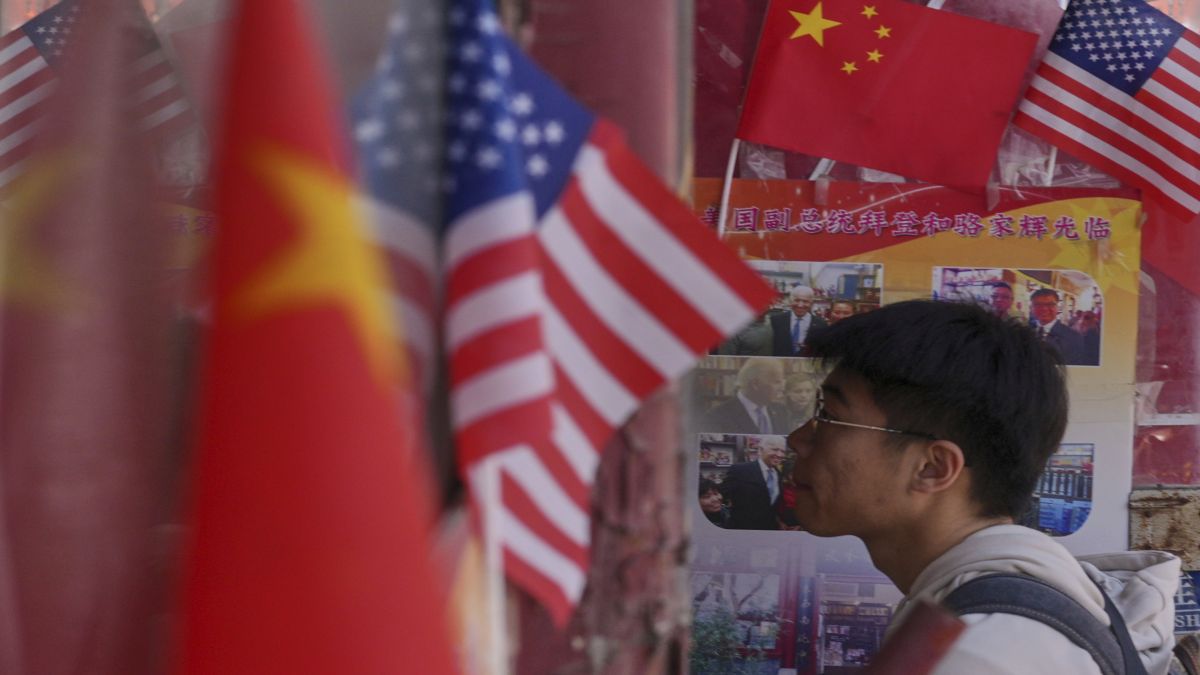China is preparing to renew its push into high-end manufacturing, even as President Donald Trump calls for American firms to bring production back home, laying the groundwork for a new phase in the uneasy trade relationship between the world’s two largest economies.
Bloomberg, citing sources familiar with the matter, reported that Chinese officials are drafting a new version of President Xi Jinping’s flagship industrial policy known informally as “Made in China 2025.” The updated plan will place greater emphasis on advanced technologies such as chip-making equipment and aims to cement China’s dominance in strategic sectors.
Officials are said to be considering a rebranding of the initiative to deflect criticism from Western governments, particularly the United States.
Beijing holding on tight to manufacturing
The move signals that China intends to retain its grip on manufacturing, just as Washington attempts to decouple economically from Beijing. Trump’s administration is pushing US companies to relocate supply chains and increase domestic production, with a particular focus on semiconductors, medicine and steel. The campaign is part of a broader “strategic decoupling” effort that has already seen tariffs on Chinese goods rise as high as 145 per cent, before easing slightly after talks in Geneva earlier this month.
For Beijing, manufacturing remains a cornerstone of both national security and job creation. While Xi’s government has spoken of the need to boost household consumption and rebalance the economy, the political and economic elite appear unwilling to commit to specific targets. Policymakers involved in drafting China’s next Five-Year Plan, which begins in 2026, have debated whether to include a concrete target for consumption’s share of GDP. The current preference is to avoid such a figure, citing concerns over the state’s limited tools to meaningfully increase household spending.
Focus on ’new productive forces’
China’s current economic blueprint has focused heavily on what Xi calls “new productive forces,” a term that encapsulates electric vehicles, solar panels, batteries and advanced manufacturing. These areas are expected to receive prominent attention in both the Five-Year Plan and the forthcoming industrial roadmap. Analysts suggest that this renewed emphasis will further entrench China’s export-oriented model, frustrating US efforts to reduce trade imbalances.
Research by Bloomberg Economics indicates that the original Made in China 2025 plan has been more successful than its critics had hoped. Of 13 core technologies tracked, China has achieved global leadership in five and is rapidly gaining ground in seven more. In areas like artificial intelligence, breakthroughs by Chinese firms such as DeepSeek have bolstered confidence in the country’s strategy.
Despite international pressure, China has remained defiant. During a recent visit to a factory in Henan province, Xi reiterated the need to “strengthen the manufacturing sector” and focus on achieving self-reliance. He emphasised the importance of mastering critical technologies, reflecting Beijing’s continuing concern over US export controls and restrictions on advanced chips.
Impact Shorts
More ShortsChina’s reluctance to move away from its industrial base also shows broader structural challenges. Consumption still accounts for only about 40 percent of GDP, significantly below the 50 to 70 percent range seen in most developed economies. Meanwhile, investment—especially in manufacturing—makes up a similarly large share, a ratio that is roughly double that of the US and unmatched globally.
At this year’s session of the National People’s Congress, Premier Li Qiang called for domestic demand to become the “main engine and anchor” of growth. However, the months that followed saw little in the way of concrete new measures. With China aiming to hit its 5 percent growth target, officials appear to be banking on industrial investment and foreign exports rather than a surge in household consumption.
The divergence between US and Chinese priorities is now sharpening the stakes.
)